Rising Demand in Textile Industry
The Synthetic Dyes Market is experiencing a notable surge in demand, particularly from the textile sector. As fashion trends evolve, the need for vibrant and diverse color palettes has intensified. In 2025, the textile industry is projected to account for approximately 60% of the total synthetic dyes consumption. This growth is driven by the increasing production of apparel and home textiles, which require high-quality dyes that offer durability and colorfastness. Furthermore, the shift towards sustainable practices in textiles is prompting manufacturers to seek synthetic dyes that meet environmental standards, thereby influencing purchasing decisions. The interplay between consumer preferences for innovative designs and the necessity for compliance with environmental regulations is likely to shape the future landscape of the Synthetic Dyes Market.
Growth in Food and Beverage Applications
The Synthetic Dyes Market is also benefiting from the growth in food and beverage applications. The demand for visually appealing products has led to an increased use of synthetic dyes in food processing. In 2025, it is projected that the food and beverage sector will account for approximately 15% of the synthetic dyes market. This trend is influenced by consumer preferences for colorful and attractive food items, which can enhance the overall eating experience. However, the industry faces challenges related to regulatory scrutiny and safety concerns regarding synthetic dyes. As a result, manufacturers are focusing on developing dyes that comply with food safety regulations while maintaining vibrant colors. The intersection of consumer demand and regulatory compliance is likely to shape the future of the Synthetic Dyes Market.
Expansion in the Paints and Coatings Sector
The Synthetic Dyes Market is witnessing significant growth due to the expansion of the paints and coatings sector. This industry is increasingly utilizing synthetic dyes to enhance the aesthetic appeal and performance of products. In 2025, it is estimated that the paints and coatings segment will represent around 25% of the overall synthetic dyes market. The demand for high-performance coatings, which require specific color properties and stability, is driving innovation in dye formulations. Additionally, the rise in construction activities and infrastructure development is further propelling the need for synthetic dyes in this sector. As manufacturers strive to meet the evolving needs of consumers and regulatory standards, the paints and coatings industry is likely to remain a key driver for the Synthetic Dyes Market.
Technological Innovations in Dye Production
Technological innovations are playing a crucial role in shaping the Synthetic Dyes Market. Advances in production techniques, such as the development of more efficient synthesis methods and eco-friendly processes, are enhancing the quality and sustainability of synthetic dyes. In 2025, it is anticipated that innovations in dye production will lead to a reduction in waste and energy consumption, making the manufacturing process more sustainable. Furthermore, the introduction of digital dyeing technologies is enabling manufacturers to achieve greater precision and customization in color application. This shift towards technology-driven solutions is likely to attract new players to the Synthetic Dyes Market, fostering competition and driving further advancements.
Increasing Regulatory Compliance and Safety Standards
The Synthetic Dyes Market is increasingly influenced by regulatory compliance and safety standards. Governments and regulatory bodies are implementing stricter guidelines regarding the use of synthetic dyes, particularly in textiles, food, and cosmetics. In 2025, it is expected that compliance with these regulations will become a critical factor for manufacturers. The need to adhere to safety standards is prompting companies to invest in research and development to create dyes that are not only effective but also safe for consumers and the environment. This focus on compliance is likely to drive innovation within the Synthetic Dyes Market, as manufacturers seek to develop products that meet both consumer expectations and regulatory requirements.


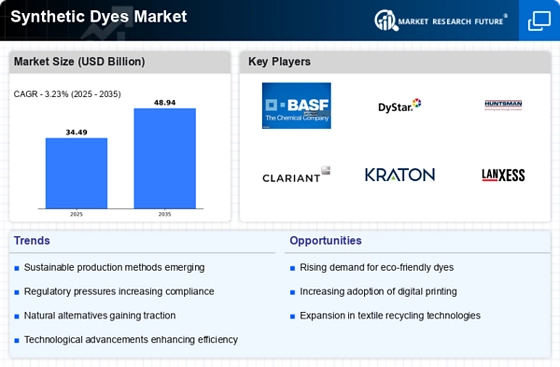
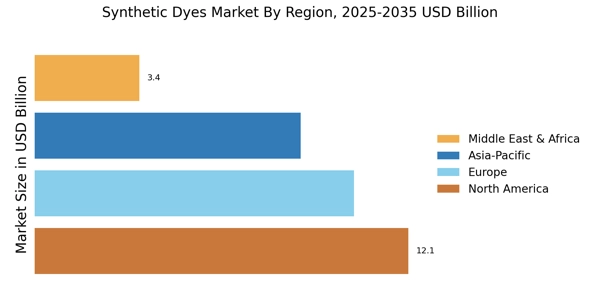

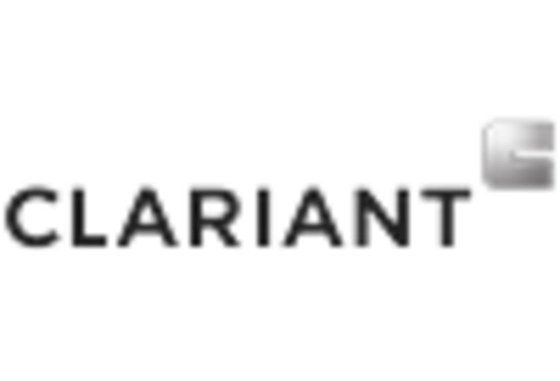
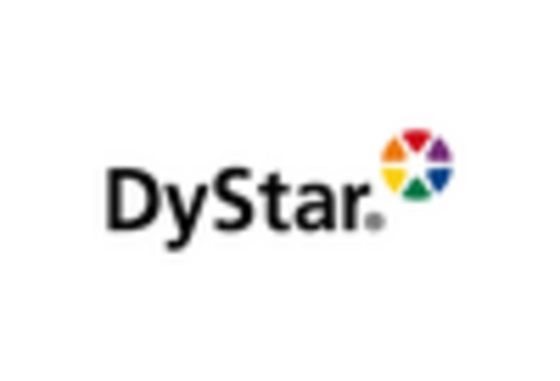


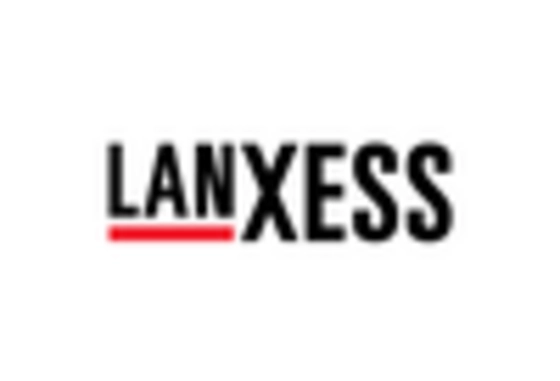








Leave a Comment